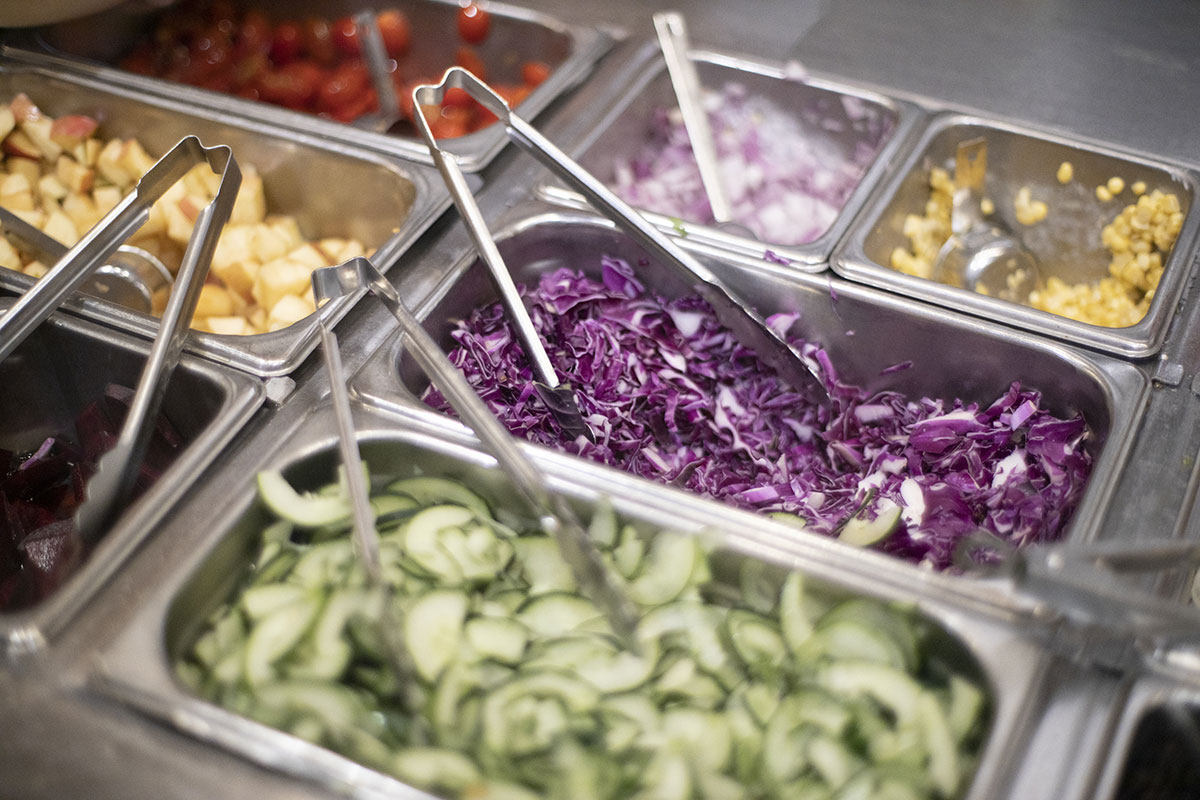Any industry with the word “fast” in its name is extremely sensitive to weather. Fast-food chains, fast-casual restaurants, and those who sell fast-moving consumer goods—sunscreen, umbrellas, Tylenol, candy bars—see their daily sales and operations directly impacted by weather.
Today’s customers not only want convenience, but they want quality products accompanied by a pleasant purchasing experience. For those companies willing to embrace data-informed business intelligence, the weather—and therefore, sales trends—are becoming increasingly easy to predict.
Fast-Food
Verdict Food Service recently examined how quick service restaurants are employing artificial intelligence to create more convenient experiences for customers. According to their research, McDonalds, Sonic, and Starbucks are experimenting with personalized drive-through menus that take into account current weather conditions at the restaurant’s location.
After acquiring personalization company Dynamic Yield in March, McDonalds introduced drive-through menus that changed depending on time of day, weather, current restaurant traffic, and trending menu items. Following successful beta testing, the company is now expanding the technology to in-store kiosks and its mobile app.
In partnership with MasterCard and kiosk vendor Zivelo, Sonic launched a pilot in May that offers personalized menus at select locations. These dynamic menus account for factors such as weather, time of day, season, and location.
And Starbucks has teamed with Microsoft to offer a similar experience. According to the article: “The Starbucks app already offers curated recommendations to customers based on past orders, Starbucks is now testing new drive-through menus based on store transaction histories and inventory, time of day, and current weather conditions.”
The ability to interact with consumers down to the store level requires hyper-local weather data. Historically, this was a challenge as almost all weather data was interpolated from observation stations that were too far away from a location of interest to be actionable.
Today, Weather Source powers many “fast” companies across the entire lifecycle of their products, including processing, manufacturing, logistics, and sales. One client uses OnPoint forecasts to predict disruptions in the transportation of products from manufacturer to distributor to consumer. Another uses Weather Source’s hyper-local weather data to market products to customers based on what weather is occurring within an 8-mile radius of its storefront.
Fast-Casual Restaurants
As opposed to sit-down restaurants that usually require a reservation or fast-food chains where customers often remain in their vehicle, fast-casual restaurants rely primarily on foot traffic. Catering heavily to lunch crowds and often located in proximity to large work centers, the more favorable the weather the better sales outcomes are likely to be on a given day.
Fast-casual salad chain Sweetgreen has earned a reputation as a data-savvy tech company that rivals its notoriety for healthy and delicious fare.
“Technology is the enabler, but it is not the product,” co-founder Nicolas Jammet said in a recent Inc. magazine article titled, “Can Any Company Be a Tech Company?”
Data-driven insights help the company efficiently serve local, seasonal products to a devoted and growing customer base. Weather is a particularly important factor for Sweetgreen and competitors such as Chipotle that specialize in fresh, perishable ingredients. Unexpected harvesting or logistics delays can directly affect menu planning.
For example, Sweetgreen invested in the development of its own operating system (OS) to streamline behind-the-scenes decision-making. The Sweetgreen OS “takes in the inputs of sales forecasting, weather, and historical performance to help the team know how much food to make, when to make it, and what steps to follow,” co-founder Nathaniel Ru told First Round Review.
A similar article published by Nation’s Restaurant News reports: “Sweetgreen’s oven scheduling, provided on a portable computer tablet that hangs next to the equipment, pulls in data ranging from weather and day of week to estimate what items should be baked when and by whom.”
The method has proven successful. Since launching in Washington, D.C., 12 years ago, Sweetgreen has grown to include approximately 90 storefronts and was recently valued at more than $1 billion.
Fast-Moving Consumer Goods (FMCG)
Small retailers with limited inventory and shelf space especially need to anticipate sales bursts and slumps as well as potential delivery disruptions.
For example, a customer in need of a new razor or a bottle of over-the-counter medication is more likely to walk to a nearby convenience store in nice weather. But in heavy rain or snow, they may wait for their next trip to a larger box store or opt to place an order on Amazon. Their decision not to venture out for that single item can have cascading effects on other product sales, i.e., the cup of coffee or pack of gum they might have spontaneously purchased along with the razor.
A 2017 report by Deloitte titled “Fast Moving Consumer Goods Analytics Framework” emphasized the need for businesses to use analytics to stay ahead of the game. “Effective use of analytical capabilities will enable FMCG companies to cope with and even benefit from the key trends impacting FMCG,” the report reads.
Weather Source stands ready to help any organization “in the fast lane” develop a weather and climate strategy as part of their business intelligence framework. Contact us today to learn how our data products can help your business predict and plan for weather-related trends.


